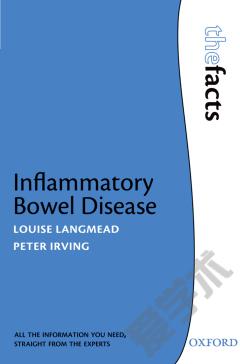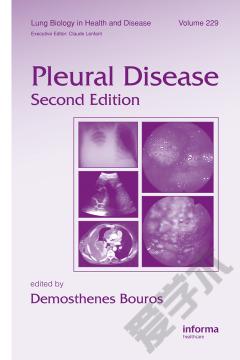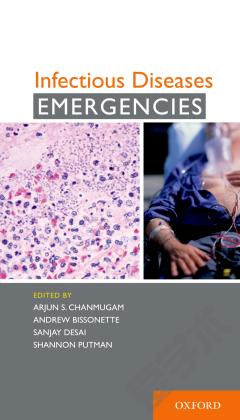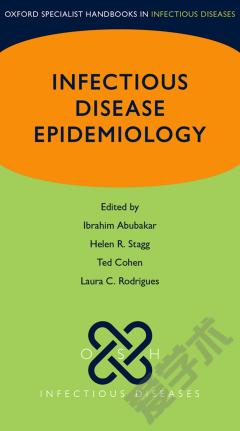Pelvic Inflammatory Disease
Pelvic inflammatory disease (PID) is an entity whose diagnosis is not always easy. The PID comprises a wide range of clinical forms ranging from banal to severe disease processes that compromise the life of the patient. The etiologic diagnosis is not always possible, because the germs responsible cannot always be detected by the usual culture medium, which is why the use of molecular biology techniques is required. The classical definition of PID is a secondary infection of the female genital tract, due to infection of a sexually transmitted disease like Chlamydia trachomatis, or Neisseria gonorrhea. This notion is being displaced by the concept of PID as a secondary infection by a germ from the altered vaginal flora. The interpretation of complementary tests is difficult because severe cases can present with normal analytical profiles, and an absence of findings on imaging tests. Usually, when an image of pelvic abscess is observed, it usually indicates a failure of medical treatments; however, it is possible to perform a step prior to surgical treatment by ultrasound-guided puncture of the abscess. The use of laparoscopy in the PID is very important for both diagnosis and treatment when there is a failure of drug therapy. An early approach to the disease is essential to prevent damage in the female genital tract that will compromise the fertility of the patient in the future.
{{comment.content}}








 京公网安备 11010802027623号
京公网安备 11010802027623号